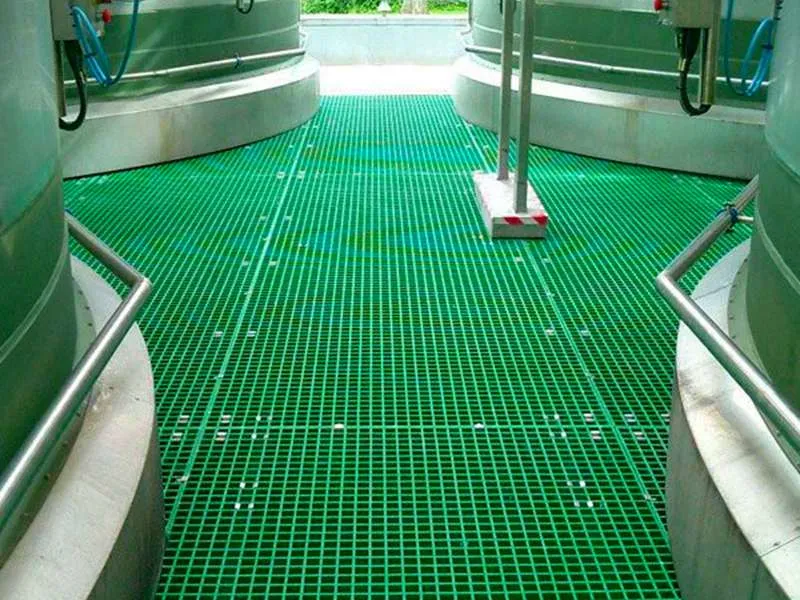
-
 Afrikaans
Afrikaans -
 Albanian
Albanian -
 Amharic
Amharic -
 Arabic
Arabic -
 Armenian
Armenian -
 Azerbaijani
Azerbaijani -
 Basque
Basque -
 Belarusian
Belarusian -
 Bengali
Bengali -
 Bosnian
Bosnian -
 Bulgarian
Bulgarian -
 Catalan
Catalan -
 Cebuano
Cebuano -
 China
China -
 China (Taiwan)
China (Taiwan) -
 Corsican
Corsican -
 Croatian
Croatian -
 Czech
Czech -
 Danish
Danish -
 Dutch
Dutch -
 English
English -
 Esperanto
Esperanto -
 Estonian
Estonian -
 Finnish
Finnish -
 French
French -
 Frisian
Frisian -
 Galician
Galician -
 Georgian
Georgian -
 German
German -
 Greek
Greek -
 Gujarati
Gujarati -
 Haitian Creole
Haitian Creole -
 hausa
hausa -
 hawaiian
hawaiian -
 Hebrew
Hebrew -
 Hindi
Hindi -
 Miao
Miao -
 Hungarian
Hungarian -
 Icelandic
Icelandic -
 igbo
igbo -
 Indonesian
Indonesian -
 irish
irish -
 Italian
Italian -
 Japanese
Japanese -
 Javanese
Javanese -
 Kannada
Kannada -
 kazakh
kazakh -
 Khmer
Khmer -
 Rwandese
Rwandese -
 Korean
Korean -
 Kurdish
Kurdish -
 Kyrgyz
Kyrgyz -
 Lao
Lao -
 Latin
Latin -
 Latvian
Latvian -
 Lithuanian
Lithuanian -
 Luxembourgish
Luxembourgish -
 Macedonian
Macedonian -
 Malgashi
Malgashi -
 Malay
Malay -
 Malayalam
Malayalam -
 Maltese
Maltese -
 Maori
Maori -
 Marathi
Marathi -
 Mongolian
Mongolian -
 Myanmar
Myanmar -
 Nepali
Nepali -
 Norwegian
Norwegian -
 Norwegian
Norwegian -
 Occitan
Occitan -
 Pashto
Pashto -
 Persian
Persian -
 Polish
Polish -
 Portuguese
Portuguese -
 Punjabi
Punjabi -
 Romanian
Romanian -
 Russian
Russian -
 Samoan
Samoan -
 Scottish Gaelic
Scottish Gaelic -
 Serbian
Serbian -
 Sesotho
Sesotho -
 Shona
Shona -
 Sindhi
Sindhi -
 Sinhala
Sinhala -
 Slovak
Slovak -
 Slovenian
Slovenian -
 Somali
Somali -
 Spanish
Spanish -
 Sundanese
Sundanese -
 Swahili
Swahili -
 Swedish
Swedish -
 Tagalog
Tagalog -
 Tajik
Tajik -
 Tamil
Tamil -
 Tatar
Tatar -
 Telugu
Telugu -
 Thai
Thai -
 Turkish
Turkish -
 Turkmen
Turkmen -
 Ukrainian
Ukrainian -
 Urdu
Urdu -
 Uighur
Uighur -
 Uzbek
Uzbek -
 Vietnamese
Vietnamese -
 Welsh
Welsh -
 Bantu
Bantu -
 Yiddish
Yiddish -
 Yoruba
Yoruba -
 Zulu
Zulu
Corrosion Resistance of Fiberglass Ducts in Various Environmental Conditions
Corrosion Resistance of Fiberglass Ducts A Comprehensive Overview
Fiberglass ducts have become increasingly popular in various industrial and commercial applications due to their superior corrosion resistance compared to traditional metal ducts. This feature is particularly crucial in environments where corrosive substances, moisture, and temperature fluctuations are prevalent. Understanding the mechanisms behind the corrosion resistance of fiberglass ducts can help industries make informed decisions when selecting materials for air handling and exhaust systems.
Understanding Fiberglass Duct Construction
Fiberglass ducting is made from a composite of glass fibers and resin, which is molded into various shapes and sizes. This construction grants fiberglass ducts unique properties, including lightweight design, ease of installation, and high strength-to-weight ratio. However, it is the combination of fiberglass and the specific resin used that lends the ducts their exceptional corrosion resistance. Commonly used resins include isophthalic polyester and epoxy, both of which are designed to withstand aggressive environments.
Corrosion Mechanisms and Resistance
Corrosion in ducts can occur through several mechanisms, including oxidation, chemical attack, and microbial growth. In metallic ducts, corrosion often leads to rust, perforation, and loss of structural integrity, which can result in costly repairs and increased downtime. In contrast, fiberglass ducts resist these forms of damage due to their non-metallic nature. They do not oxidize, and since they are impermeable to moisture, they inhibit the growth of fungi and bacteria that can thrive in damp conditions.
The non-reactive properties of fiberglass also enable these ducts to handle a wide range of chemicals, including acids, bases, and solvents. This makes them particularly suitable for industries such as pharmaceuticals, food processing, and wastewater treatment, where exposure to corrosive agents is commonplace. The ability to retain their structural integrity under harsh conditions not only extends the lifespan of fiberglass ducts but also reduces maintenance costs over time.
fiberglass duct corrosion resistance

Environmental Impact and Sustainability
The production and use of fiberglass materials also align with sustainable practices. Unlike metal ducts that often require significant energy for manufacturing and recycling, fiberglass can be produced with a lower carbon footprint. Additionally, the durability of fiberglass reduces the frequency of replacements, thereby minimizing waste and promoting a more sustainable approach to resource management.
Regular Maintenance and Inspection
While fiberglass ducts are inherently resistant to corrosion, it is still essential to conduct regular maintenance and inspection. Over time, physical damage from impacts or environmental factors can compromise the integrity of even the most resilient materials. Ensuring that the ducts are free from external damage, seals are intact, and that no chemical spills have occurred will help maintain their effectiveness.
Conclusion
Fiberglass ducts offer significant advantages over traditional metal options, particularly in corrosive environments. Their robust construction, combined with excellent corrosion resistance, makes them an ideal choice for various applications across multiple industries. By understanding the properties and benefits of fiberglass ducting, businesses can make strategic decisions that enhance system performance, reduce maintenance costs, and promote sustainability. As industries continue to explore innovative materials for environmental challenges, fiberglass ducts stand out as a reliable solution that meets the demands of modern construction and engineering.
Latest news
-
Exploring the Benefits of Top Hammer Drifter Rods for Enhanced Drilling PerformanceNewsJun.10,2025
-
High-Precision Fiberglass Winding Machine for GRP/FRP Pipe Production – Reliable & Efficient SolutionsNewsJun.10,2025
-
FRP Pipes & Fittings for Shipbuilding - Corrosion-Resistant & LightweightNewsJun.09,2025
-
Premium FRP Flooring Solutions Durable & Slip-ResistantNewsJun.09,2025
-
Premium Fiberglass Rectangular Tanks Durable & Lightweight SolutionNewsJun.09,2025
-
Tapered Drill String Design Guide Durable Performance & UsesNewsJun.09,2025









